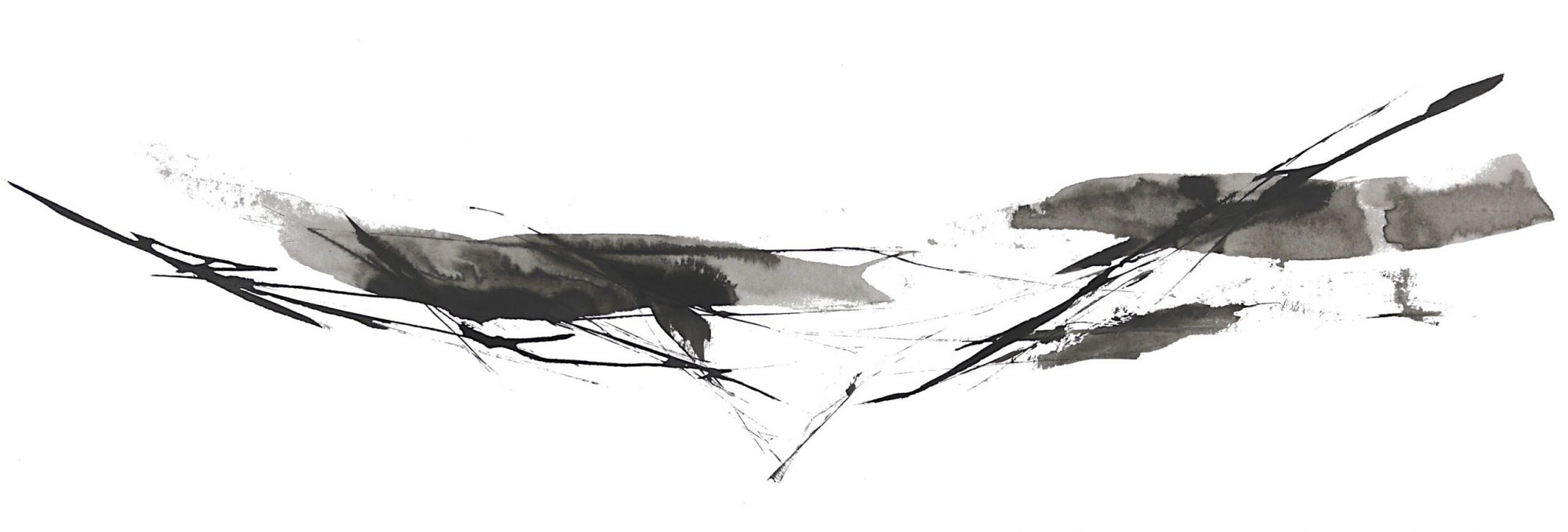France based artist Gareth Jones art is driven by thoughts of and experiences of place and space. Combining fragments and references to and from the real world, with ideas that occur to him during the process of painting, an abstraction of thoughts and experiences is formed. His interests lie in ‘non-painterly’ approaches to image making. He utilises behavioural needs in a variety of conditions and difficulties to capture histories of environmental extremes as painted record. His activities fill voids that offer challenge and questions on what ‘being good at something’ means. His selection of ‘process and effect’ look to contribute to the understanding and apprehension of what art action is. His theoretical positioning engages with set rules that allow viewers to compose and construct their own understanding what he offers.
His paintings aim to connect with the viewer and, using ambiguity, trigger their own thoughts of part-imagined or part-experienced places and territories – as fragments of internal landscapes that we all carry with us. “When researching my practice one of the big questions for was ‘how, why and what does artwork do?’ It can be said that artwork sets up feelings through seeing – through non-verbal and, importantly, non-sequential and non-linear means; as it can be understood in parts or, as a whole and in any order that the viewer’s mind demands. It connects with the eye, then the mind (through memory and experience) and might come to stand for something – a perceptual interpretation that is direct and personal, triggering sensory understanding which is difficult to relate verbally.
As explained by Suzanne Langer:
“What is expressed cannot be grasped apart from the sensuous or poetic form that expresses it. In a work of art, we have the direct presentation of a feeling, not a sign that points to it. A work of art does not point us to a meaning beyond its own presence”
Showing all 4 results
-
 Add to basket
Add to basket Panorama ix
£360.00 -
 Add to basket
Add to basket Panorama iii
£360.00 -
 Add to basket
Add to basket Panorama x
£360.00 -
 Add to basket
Add to basket Panorama xi
£360.00

